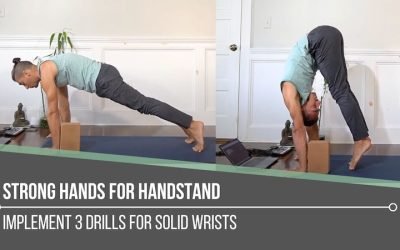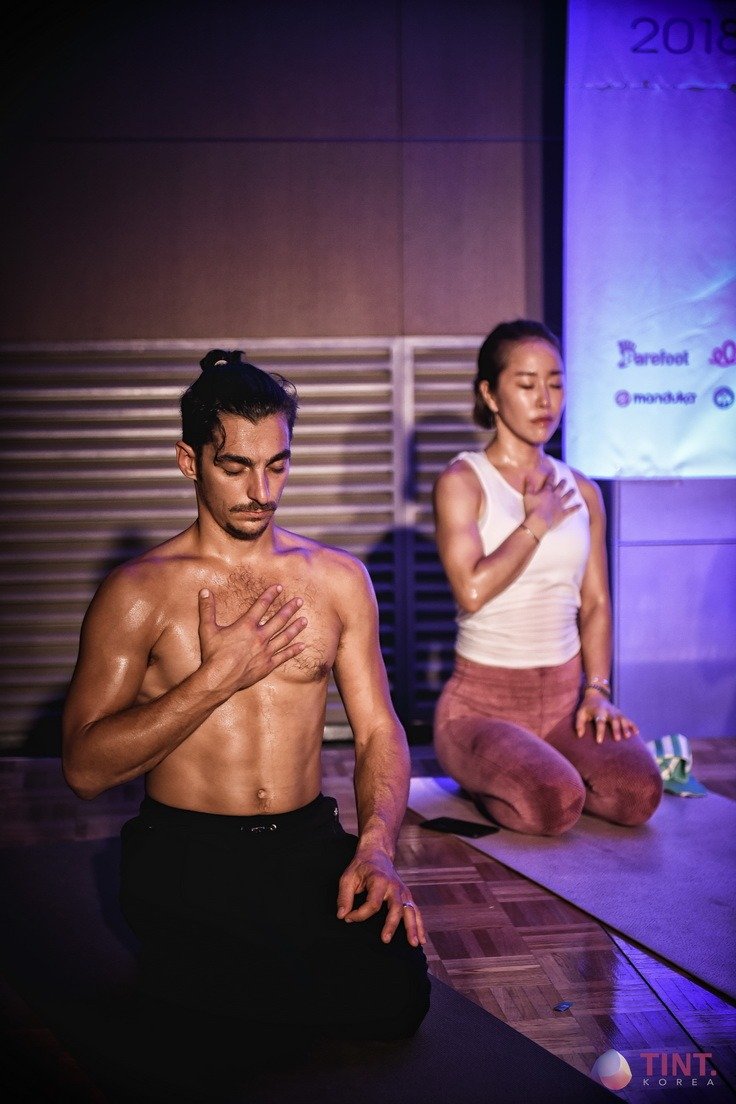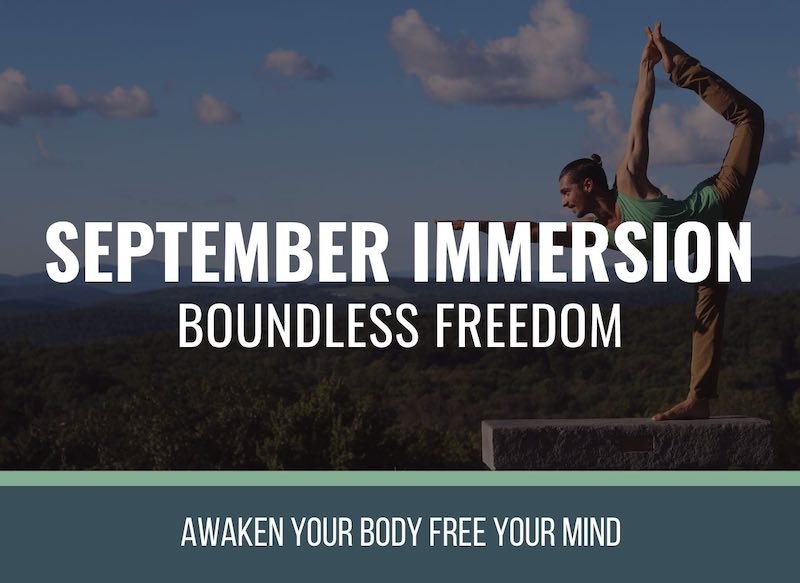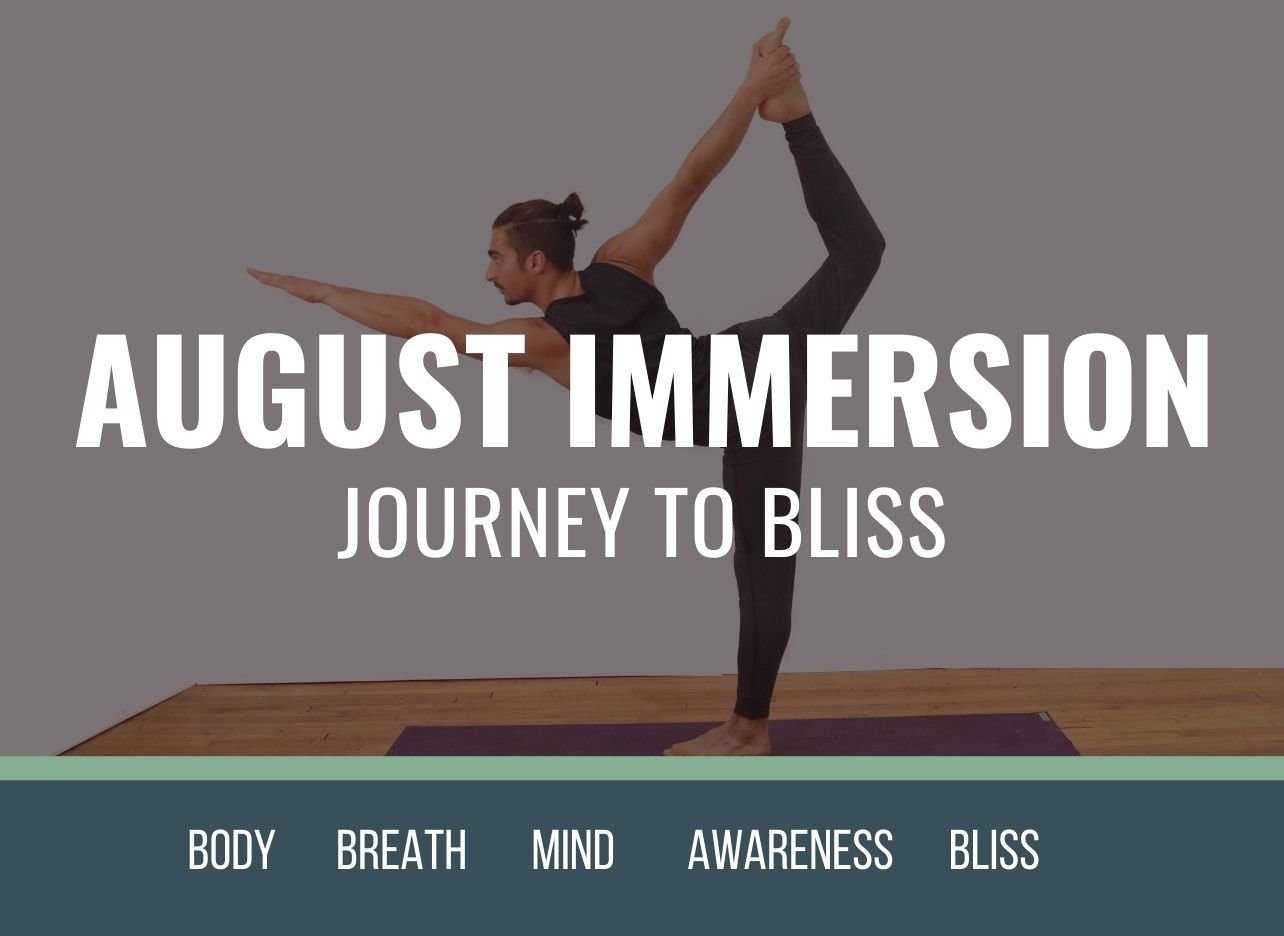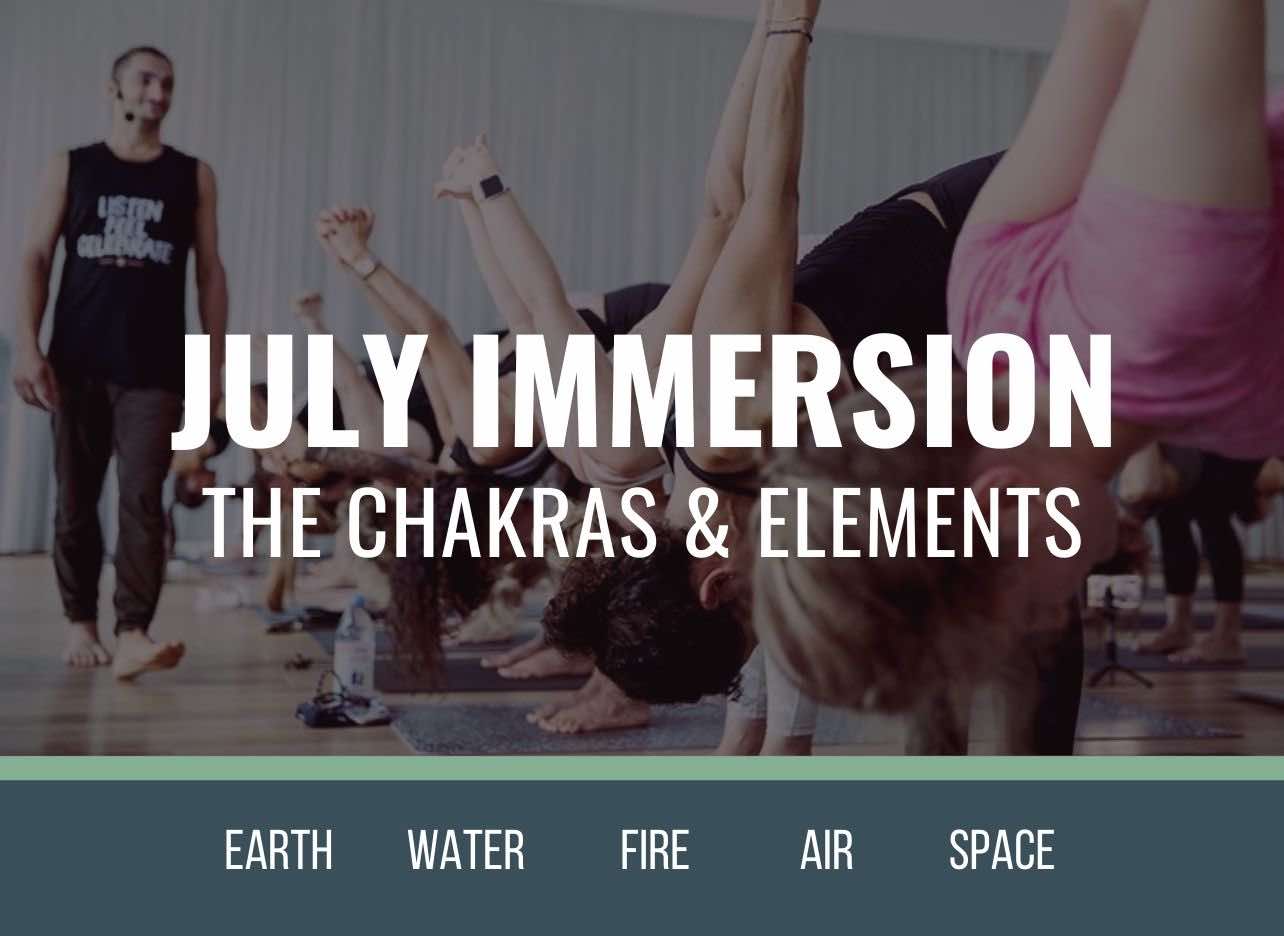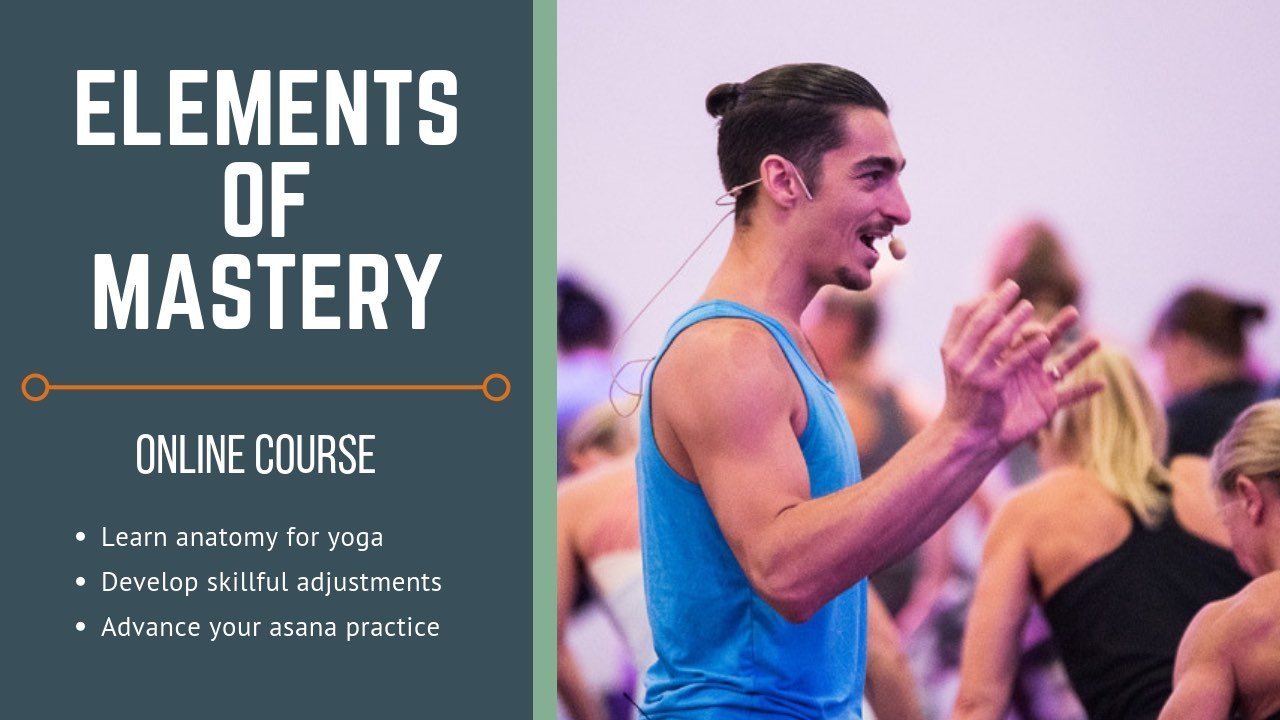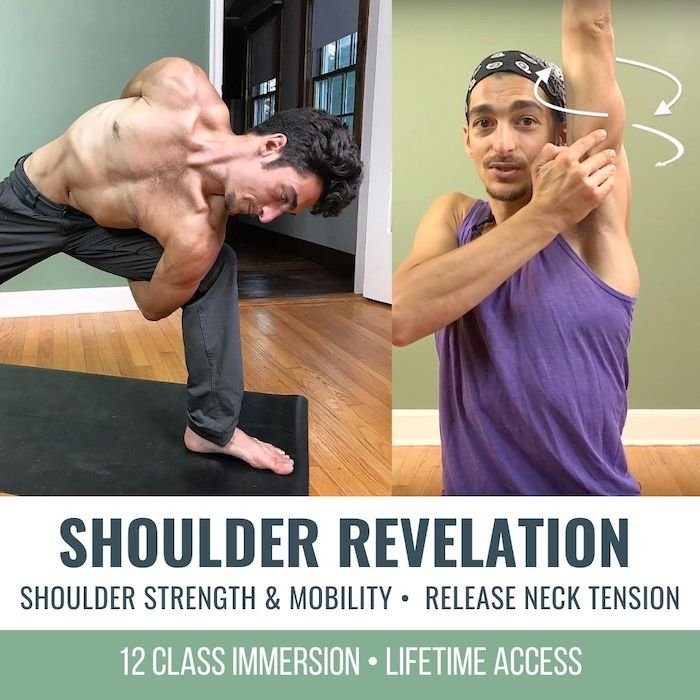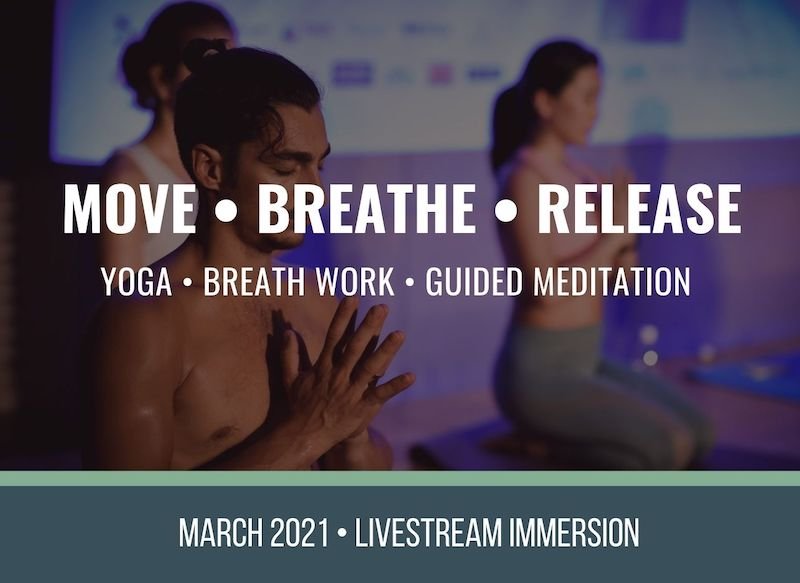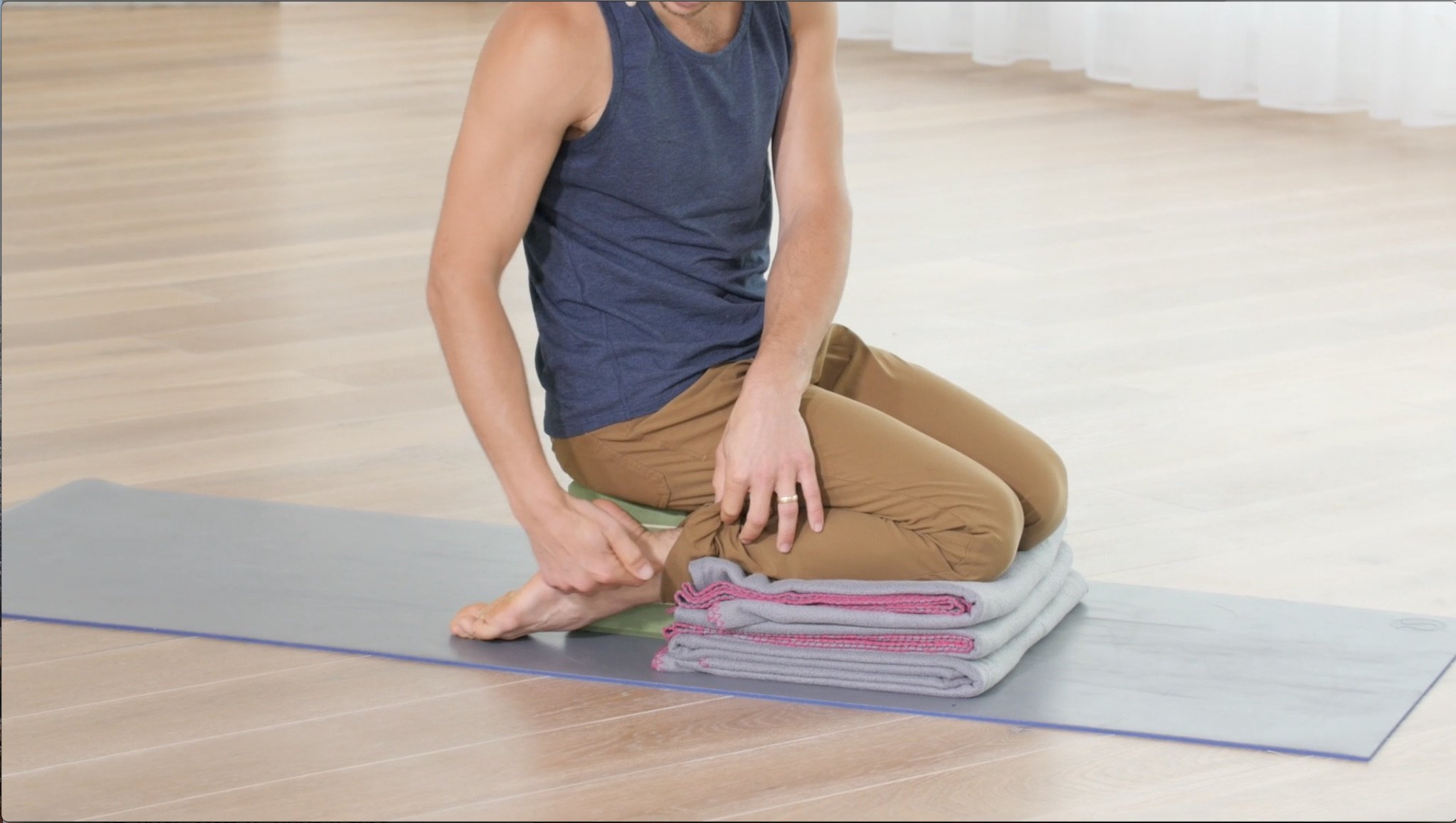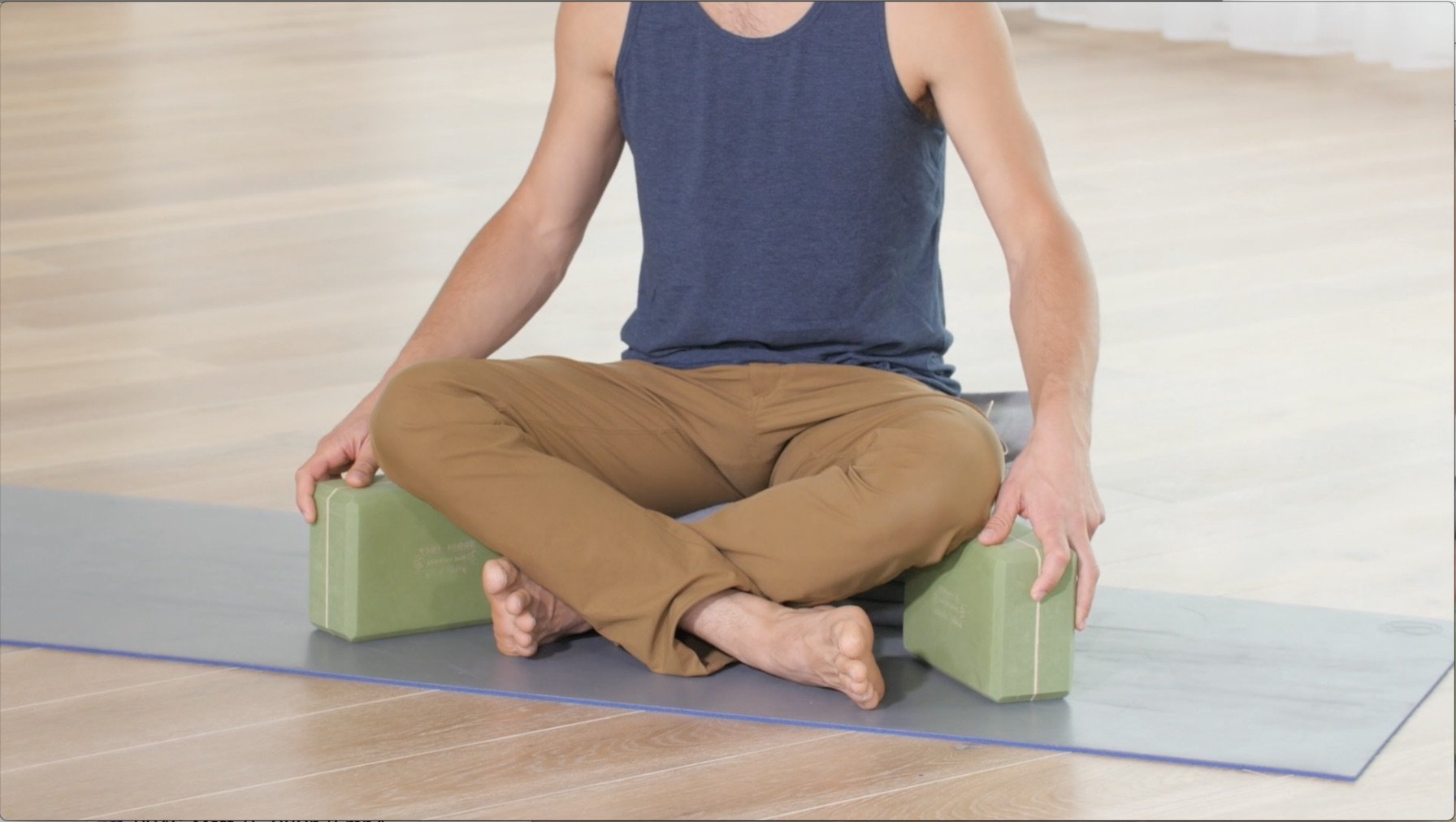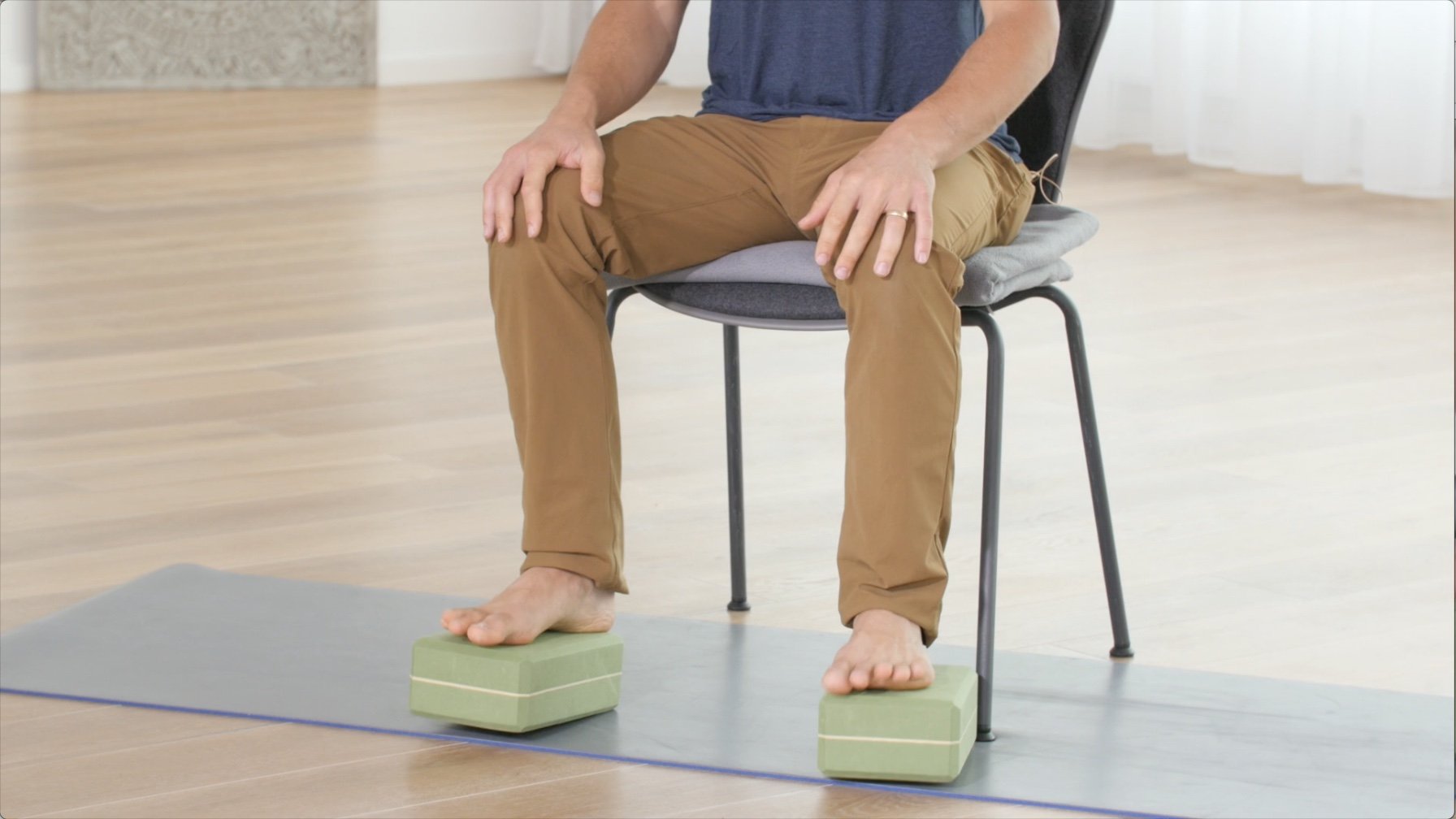Strong Hands For HandstandSTABILITYSTRONG HANDS FOR HANDSTAND When it comes to building strength for handstand, it starts at the base: our hands. Developing strong hands means targeting the wrist flexors, the very muscles that help create a trustworthy foundation....
deepen your yoga practice
DEEPEN YOUR YOGA PRACTICE
WHAT DOES IT MEAN TO DEEPEN YOUR YOGA PRACTICE, AND HOW TO DO IT?
DEEPEN
What Does it Mean to Deepen Your Yoga Practice?
Have you ever seen a yoga event advertising, “This will deepen your practice”? Of course you have. Every teacher training, retreat, and immersion uses this descriptor. I say this about both my 200-hour and 300-hour teacher trainings. The question is, what does that actually mean?
What Is “Your Practice”?
In order for us to discuss what deepening your practice means, we have to define what yoga practice is. This is important. There is debate about this among modern practitioners around the world because most practitioners and teachers are not actually educated on what the purpose behind yoga actually is. So let’s break it down in a way that is easy to comprehend but also maintains accuracy.
According to the lineage of Tantra yoga, we have five layers to our being, and yoga practice is the cleansing or awakening of each of these layers.
The Five Layers:
- Body: all things physical — muscles, bones, fascia, ligaments, organs, etc.
- Life Force or Energy: the energy that animates the body, allowing the heart to beat and air to flow through our lungs
- Mind: our experiential digestive system. Thoughts and emotions that help us process, express, and participate in life through this human body
- Bliss: the deeper knowing that life is a gift, and while it’s filled with pain and challenges, it is still worth waking up each day and participating in it
- Awareness/Consciousness: The core of our being, the infinite intelligence that lives within, the observer or witness. The part of us that does not judge right or wrong but simply notices what is
200 HOUR TEACHER TRAINING
- DEEPEN YOUR PRACTICE
- LEARN ANATOMY, BIOMECHANICS, AND TECHNIQUES
- MEDITATION, BREATHWORK, AND TEACHING TECHNIQUES
- GET CERTIFIED TO TEACH YOGA
Most humans are very familiar with their own body and mind, or at least they are aware of their existence. However, many of us have never done the practices that connect us to ALL the layers, and as a result, we remain disconnected or unfamiliar with them.
For example, while we all know we have a body, EVERYONE has body blindspots — muscles that are weak, or joints that we don’t have full control of. Your physical practice of yoga (asana) will help illuminate your blind spots, paving the way for you to physically deepen your yoga practice.
In the same way, we can become aware of our mind layer by observing our thoughts, emotions, and behavioral patterns. Through practices of meditation, contemplation, self-inquiry, and guided discussions with a teacher (satsang), it is possible to become more awake to our inner experience and eventually make changes to our mindset and behaviors. This is how to deepen your yoga practice at the mind level.
The same is true for life force. Through practices of breathwork (pranayama) and other forms of energy observance and deliberate action, we can gain awareness and control over our energetic system.
By appropriately utilizing these practices of asana, meditation, and pranayama, we naturally peel back the layers that otherwise veil our inner self: Bliss and Awareness. AWARENESS is at the core of our being, and for us to “deepen” our practice, it’s imperative that all practices are infused with becoming more aware — more aware of body, breath, mind, bliss, and awareness of awareness.
BE DELIBERATE
It is not enough to practice routinely; we must be deliberate with our practice. You walk every single day, but when was the last time you really got any better or more aware of the way you walk? Unless you have spent time deliberately assessing your strengths, weaknesses, and walking patterns, you likely have not deepened your walking practice. The same is true on all levels of yoga practice. To deepen it, you cannot expect that just showing up for the same yoga practice every day will get you anywhere. YES, the initial year or two of doing so will bring about rapid change, but you will plateau if your practice isn’t asking you to seek out your blind spots physically, mentally or emotionally.
Do You Want to Deepen Your Practice?
If the answer is yes, then I have three ways you can do so:
- Monthly Immersions: Join one of the monthly immersions focusing on an area of your practice that challenges you.
- 200 Hour Teacher Training: This is designed to transform your physical practice and kickstart your breathwork and meditation practices while providing you with the skill set to share that with others.
- 300 Hour Teacher Training: For those already certified to teach and who want to take their practice and teaching to the next level, this will certify you at 500 hours of training.
Co-written and edited by 300-Hour Chromatic Yoga Teacher, Donna Morin.
Continue Learning
Strong Hands For Handstand
Handstand Actions
Handstand ActionsLEAN, GRIP, PUSHHANDSTAND ACTIONS Handstand isn’t something we conquer in a single class, it’s a layered process that demands repetition and refinement. There are certain key handstand actions that are non-negotiable: lifting the shoulders up to the...
Handstand Mechanics
Handstand MechanicsINVERSIONHANDSTAND MECHANICS Stability, strength, and coordination come together in the pursuit of mastering handstand mechanics. One of the most critical foundations is internal rotation at the hip joints, which can aid with certain entries and...
Stable Sirsasana
Stable SirsasanaHEADSTANDSTABLE SIRSASANA Creating a stable Sirsasana is less about the final pose and more about the mechanics that lead us there. From weight transfer and spinal alignment to hamstring flexibility and shoulder engagement, each layer matters. Unlike...
Explore Hip Rotation
Explore Hip RotationSURYA YANTRASANAEXPLORE HIP ROTATION Hip rotation isn’t just an anatomical concept—it’s an open invitation to become more intimate with our body’s story. In yoga, we often live in lateral (external) rotation, especially in hip-opening postures....
Step Up Your Side Plank
Step Up Your Side PlankVASISTHASANASTEP UP YOUR SIDE PLANK Side Plank might look simple, but true proficiency starts in the details. One of the keys to refining the posture is learning how opposing muscle groups create an isometric contraction—a subtle engagement that...
THE FREE TECHNIQUE PACK
When You Subscribe, You Will Get Instant Access to
- the Technique Pack: 15 yoga pose breakdowns
- exclusive online course discounts
- exclusive blogs and videos


